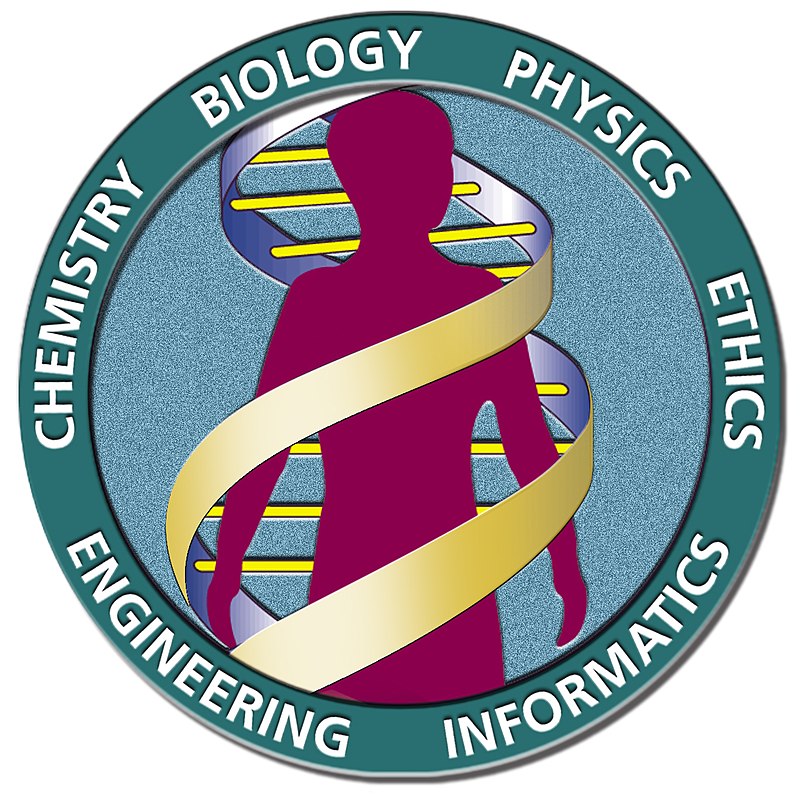The study of the human body is one of the most critical and complex areas of science, encompassing a vast array of data to be researched. For centuries, scientists have sought to understand the intricacies of the human body. In 1990, the U.S. Department of Energy and the National Institutes of Health launched the Human Genome Project, an international collaboration aimed at conducting a comprehensive study of the human genome to uncover many secrets of human DNA. On July 7, 2000, the completion of the first draft of the Human Genome Project was announced, just ten years after the study began.
The Human Genome Project aimed to determine the complete sequence of the 3 billion DNA pairs found in human DNA. This ambitious initiative sought to map all of the chromosomes and sequence the entire human genome. Furthermore, the researchers intended to share this vital information with research communities worldwide to facilitate advancements in medicine and treatment. To achieve this goal, the Human Genome Project also developed software and databases to store and distribute its data effectively.
The final results of the Human Genome Project were released in April 2003, thirteen years after the project’s inception. This groundbreaking initiative significantly transformed the fields of biology, disease understanding, and biotechnology. By providing a comprehensive map of the human genome, the project enabled researchers to identify genes linked to various disabilities and diseases, paving the way for personalized treatment plans and therapies. Additionally, it accelerated the development of numerous medications and treatment strategies, facilitating early detection and intervention for many health conditions. The Human Genome Project has had an immense impact on the world, and its effects continue to be felt today.

